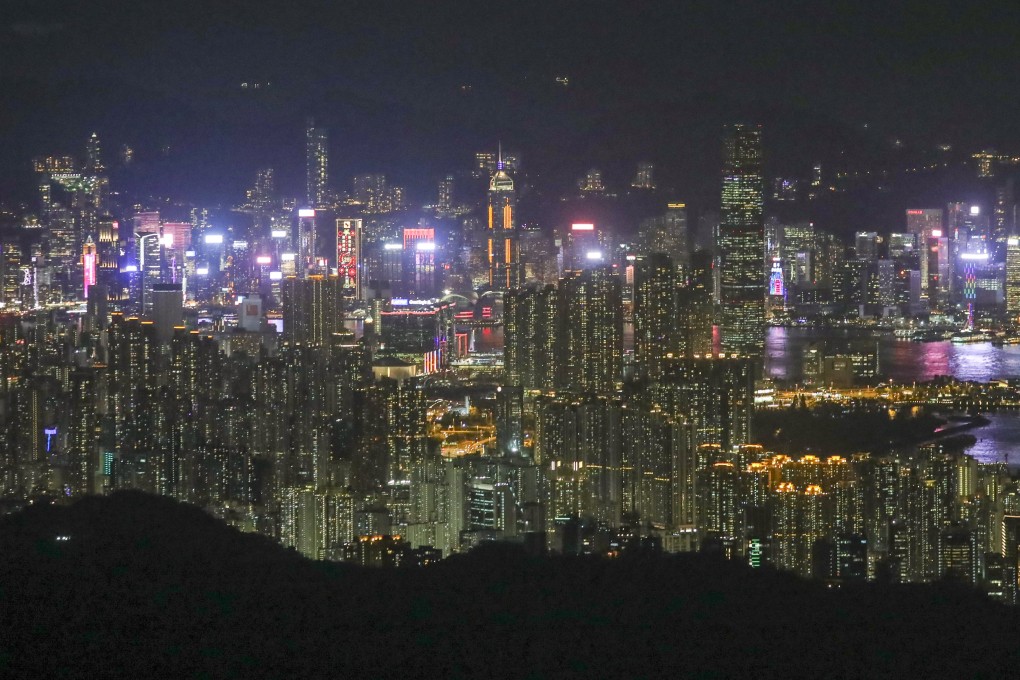Opinion | What Hong Kong can do differently as power bills rise
- Turning to the use of coal is not the answer, with the world – Hong Kong included – facing the worrying scenario of sea level rise
- Across the city, however, home dwellers, commercial landlords and tenants can do their bit to conserve energy and reduce carbon emissions

These are the highest increases I can recall in 60 years. Well-off people would not feel much financial pain, but for low-income households, it is a different story. They may have to cut spending on other essential items to cope.
According to National Oceanic and Atmospheric Administration scientists in the United States, the amount of planet-warming carbon dioxide broke a record this year. As measured at the Mauna Loa Atmospheric Baseline Observatory in Hawaii, the concentration of the gas reached nearly 421 parts per million (ppm) in May, an increase of 1.8 ppm over 2021. These levels have been described as comparable to the Pliocene Climatic Optimum, more than 4 million years ago, when sea levels were between 5 to 25 metres higher than today.

